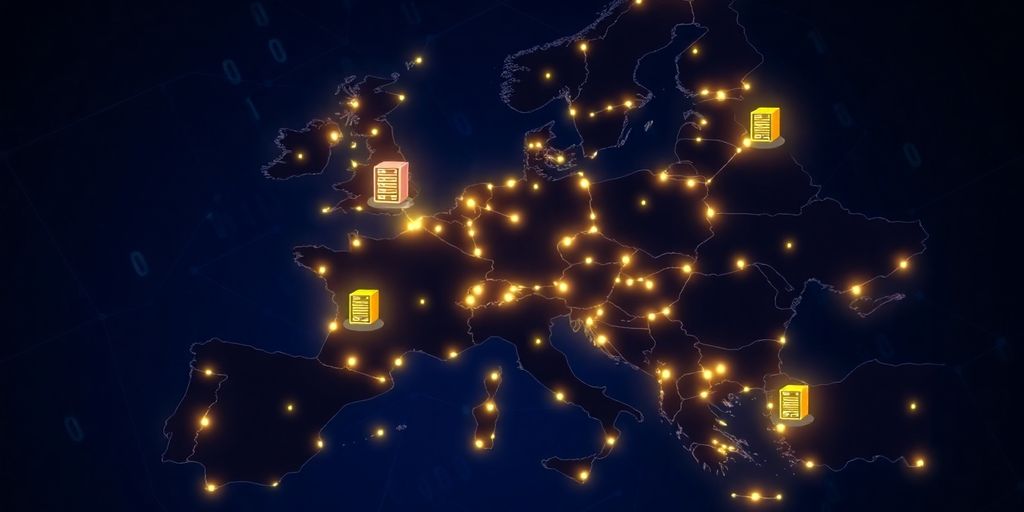US Regulators Grapple with Basel III Endgame and FRTB Implementation
US regulators are debating the implementation of Basel III Endgame and FRTB, impacting bank capital requirements and market liquidity. Delays and revisions are anticipated.

European regulators are preparing to designate fewer than 30 technology firms as “critical” third-party providers under the upcoming Digital Operational Resilience Act (DORA). The initiative, based on guidance from an Irish regulator, aims to narrow the focus to the largest European vendors, tightening oversight of the financial sector’s tech supply chain and resilience.
The Digital Operational Resilience Act (DORA) is the first EU-wide framework dedicated to ensuring the operational resilience of financial institutions against ICT-related disruptions. Slated to enter into force in January 2025, DORA introduces uniform requirements for risk management, incident reporting, digital testing, and third-party oversight.
Regulators will assess potential critical vendors based on factors such as:
Tech firms labeled as critical vendors will face enhanced regulatory obligations, including:
These measures are designed to mitigate systemic vulnerability arising from concentrated reliance on a small number of external providers.
Financial institutions and tech providers should prepare by mapping their third-party relationships, enhancing resilience frameworks, and engaging with regulators during the guideline drafting process.

US regulators are debating the implementation of Basel III Endgame and FRTB, impacting bank capital requirements and market liquidity. Delays and revisions are anticipated.

Global regulators are grappling with pre-hedging and market manipulation, with IOSCO probing pre-hedging and FINRA using AI to detect illicit activities.

Explore the CFTC's regulatory priorities, including crypto legislation, enforcement challenges, and concerns over AI in trading, following the FTX collapse.
We're just a bunch of guys mixing up market news with our own brand of banter, giving you the lowdown on stocks with a twist at Walk The Street Capital.